Water is essential for all many type of domestic work such as cleaning, cooking, washing, drinking, etc. This water is stored in overhead tanks or underground tanks of that specific structure.
The water storage constructed on roof tops is called as overhead water tank. These tanks are designed as per requirement of quantity of water used by occupants of building.
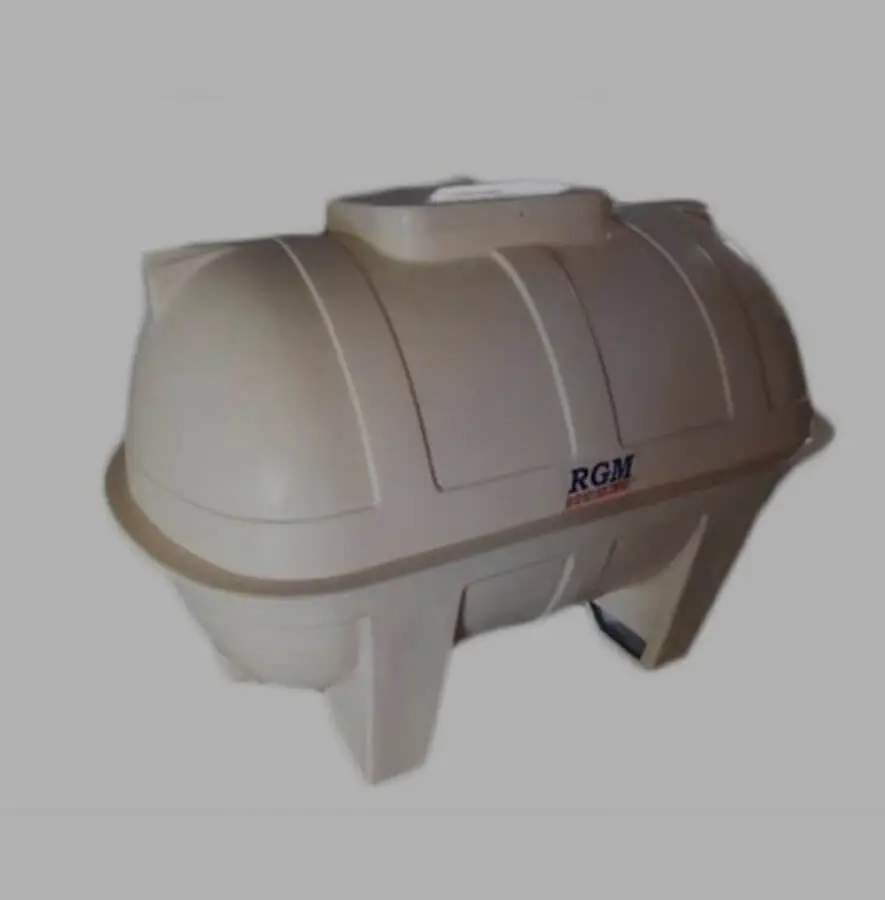
Types of Overhead Tanks used in Houses
1. Based on Shape
- Rectangular
- Circular
- Spherical
- Intze
2. Based on Material used
- C.C.
- Plastic
- Fiberglass
- Steel
- Masonry
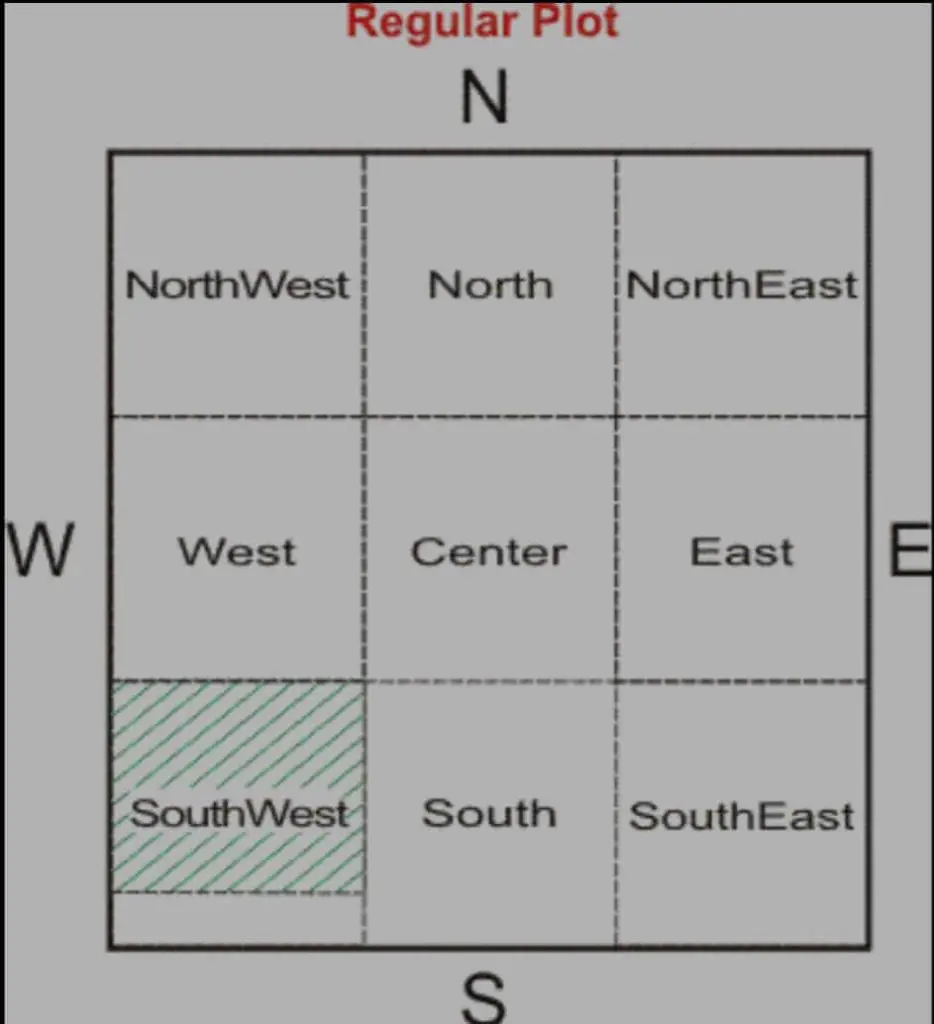
From above types, R.C.C. and plastic are majorly used. Selection of tank depends upon the requirements, project cost, site conditions, location of site, number of users and capacity of water to be achieved.
RCC tank
- Composed of reinforcement bars and concrete
- Mostly rectangular shaped tanks are constructed and preferred
- Suitable for all types of building
- Temperature of water inside tank is maintained
- High storage capacity in circular shaped than rectangular
- Strength and durability is more with comparison to plastic tanks
- Construction of rectangular tank is less tedious than circular shaped tank
- While constructing rectangular tank, the longer side should not be greater than twice the shorter
- RCC tanks are fire resistant
- Cannot be replaced easily
- After construction, they should be cured sufficiently to avoid water absorption and then is allowed to use
- Cracks may be developed in structure (0.1 mm width of crack may be acceptable)
- Waterproofing is necessary to avoid leakage
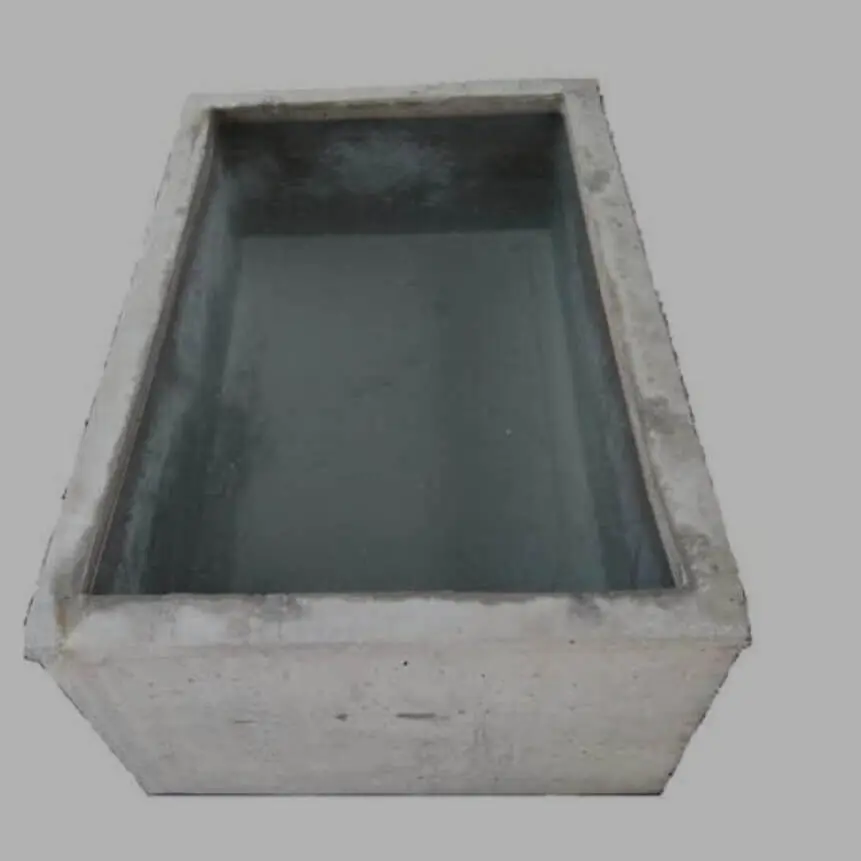
Plastic Tank
- Composed of high density polyethylene material
- Light in weight and easy to install
- Can be used immediately after installation
- Available in rectangular and circular shape. (Rectangular – loft storage in house, circular – roof storage)
- Available in various colours (black, blue, beige, white)
- No special treatment required for leakage control unless damaged
- As the material is plastic, no chances of rusting
- Cost effective compared to RCC tanks
- UV stabilized tanks should be preferred
- Water may become smelly if not cleaned periodically. Also, chemical reaction may take place
- Temperature of water is not maintained in hot weather conditions
- In natural disasters, they have low resistance to wind loads and may get easily shifted from its original place
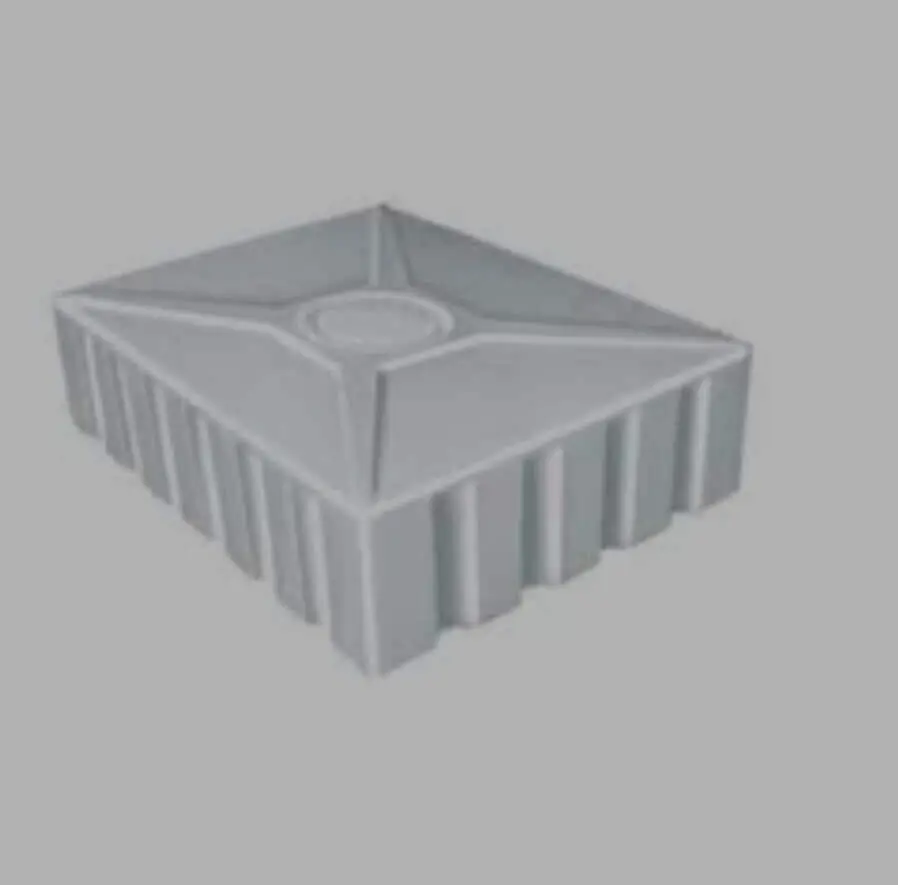
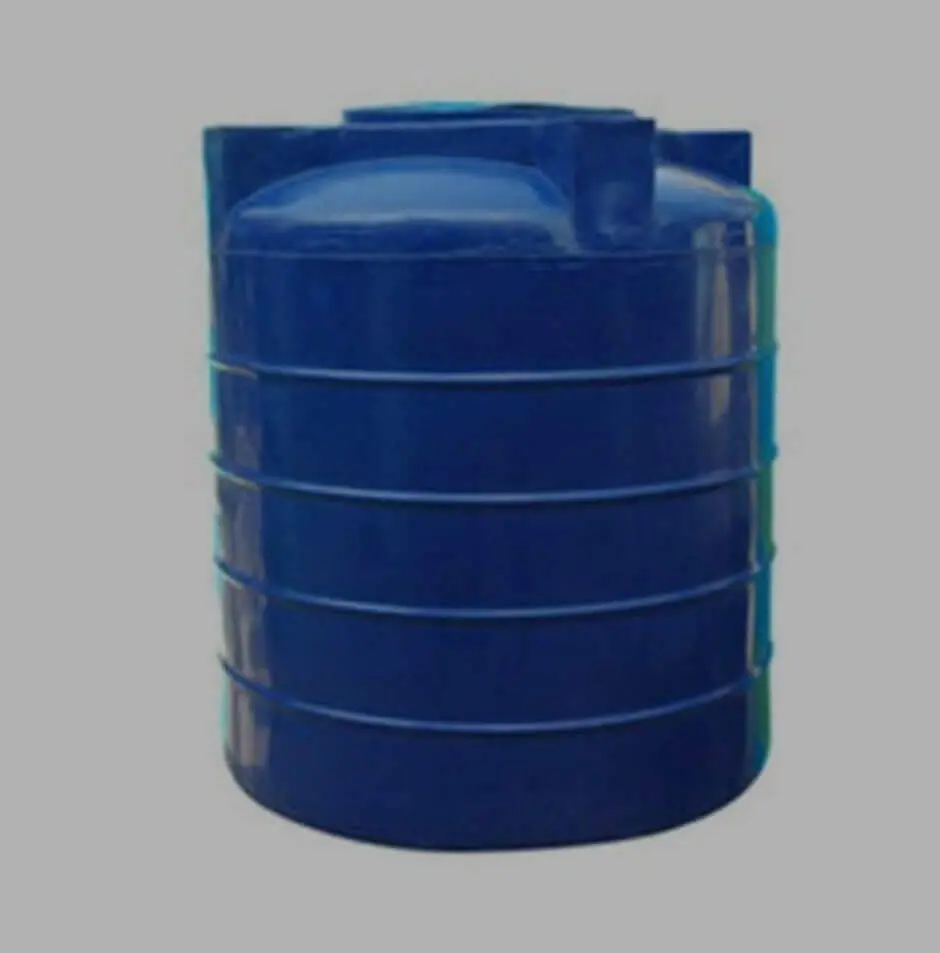
Components of Water tank
- Water inlet
- Water outlet
- Level Indicator
- Manhole
- Drain pump
- Overflow and ventilation (with filter screen)
- Float Valve
- Free board
Capacity and Size Calculations
1. Sizing Calculations of Circular tank
- Consumption of water per capita per day = 135 lit
Total consumption = 135 × 5 × 3 = 2025 litres
Rounding up to 2000 litres.
- 1000 litres = 1 cu.m
2000 litres = 2 cu.m.
- Volume of tank = 3.14 X R2 X h
V = 3.14 X ( 0.52 ) X h
Assuming R = 0.5 m
Height = 2.54 m
Applying check :- 3.14 X ( 0.52 ) X 2.54 = 2 cu.m.
2. Sizing calculation of Rectangular tank
- Volume of tank = L × b × h
Assuming, h = 0.5 m.
V = L × b × 0.5
L × b = 2÷ 0.5 = 4 sq.m.
L = 2b (length should be maximum twice the width)
2b × b = 4 sq.m.
B = 1.41 m
L = 1.41 ×2 = 2.82 m.
- Applying check :- l×b×h = 2.82×1.41×0.5 = 1.99 = 2 cu.m.
Vaastu position for Water tank
- As per Vastu-shastra, the correct position of overhead water tank should be in South direction or south-west corner for better living and prosperity of members of family.
- Avoid constructing overhead tanks in North direction or North-East corner. It is most unsuitable corner for water storage.
Water Leakage Control
- For RCC tanks, internal surfaces should be covered with waterproofing material. Chemical admixtures can be used with cement for permeability Physical agents like finer particles can be added to concrete for crack development control. IS code 2645-2003 should be referred for construction and waterproofing of water tanks.
- For plastic tanks, sealing material should be used at all the joints of pipe to tank. A crack up to 6 inches can be repaired by application of sealing material. Rubber can also be used to pack around pipe joints.
Extra Platform for Overhead tanks
On roof tops, to avoid direct contact between the rainwater on terrace and the water tank base, a raised platform can be provided. Minimum 6 inch platform can be given. It can be constructed in metal, wood, concrete, bricks.
Platform can also be given if the surface of roof is not levelled properly.
– Vrushali Pathak





